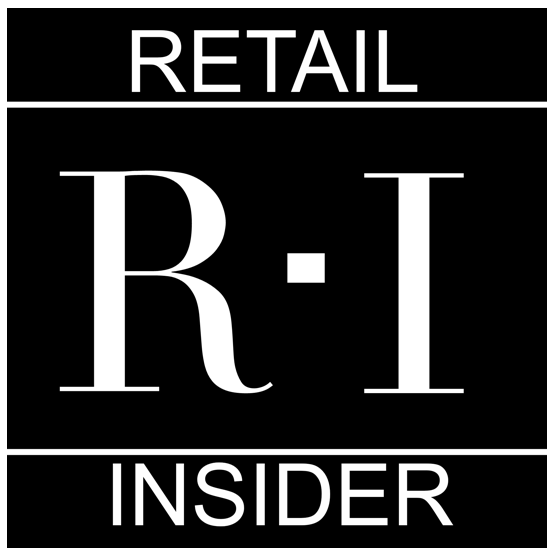Canadian Retailers are Increasingly Facing Stronger Headwinds
/Kingsway Mall, Edmonton. Photo: Oxford Properties
By Antony Karabus, CEO, HRC Advisory
U.S. and international retailers have sharply escalated the pace of new store openings in Canada over the past five years, with many seeing Canada as an engine to fuel top-line growth. The Canadian retail market has experienced slower growth in 2015, however, largely due to a softer Canadian economy. While both luxury and value retailers are seeing continued growth, a number of ‘middle-market' retailers that are failing to differentiate themselves are struggling and in some cases, shuttering.
In some instances, the numbers speak for themselves. Retail Council of Canada numbers indicate that the annual rate of Canadian retail top-line growth for the year to July 2015 was only 1.7%, compared with 4.6% and 4.3% in the corresponding two prior years. Many key economic indicators impacting Canadian retail are declining or are at best flat, with GDP increasing only 0.5% in the year to May 2015, while calendar year 2015 has been weak, according to Statistics Canada, with Canada’s GDP declining every single month. While unemployment rates in Canada have remained flat at 6.8% in the past year, they have improved from 6.8% to 5.3% in the United States during the corresponding period, thus creating potential for relatively greater proportionate increase in consumer spending in the U.S.
Scarborough Town Centre. Photo: Oxford Properties
The weaker Canadian economy has led to problems for some retailers. In the past year, a number of retailers have ceased operations or are restructuring. Examples include Target Canada, BLACK's Photography, Smart Set, Mexx, Jacob, Comark, Laura, Parasuco, Nine West and Bikini Village.
The declining Canadian dollar has been challenging for retailers importing goods into Canada, leading to margin compression and pressure on earnings. Since August, 2014, the Canadian dollar has declined 17% versus the U.S. dollar, which in a softening Canadian economy, makes it difficult for retailers to increase prices to offset currency-related increases in landed product costs. While some retailers with stronger brands may be able to increase prices to compensate for increased costs, not all can or will at a time of softening consumer demand. This will impact margins and earnings and will be even more difficult for retailers who have asset-based borrowings using the value of inventory as collateral where their borrowings are denominated in U.S. currency.
Market Mall, Calgary. Photo: Cadillac Fairview
Retail sales in Alberta, previously extremely strong, have declined 1.7% over the past 12 months and 2.1% since the beginning of 2015. A 65% reduction in oil prices is partly the cause, resulting in cuts to capital expenditures, operating expenditures, and employment in the oil industry.
There are two ‘silver linings’, however – cross-border shopping trips to the U.S. are estimated to have decreased by 25%, resulting in the repatriation of those retail sales to merchants in Canada. It has been estimated that the average Canadian will save $1,500 annually as a result of the reduction in retail gas prices, resulting in an additional $15-20 billion in the hands of Canadian consumers. The Canadian retail industry is of course hoping that the majority of this benefit will end up in retail sales rather than debt repayment or savings contributions.
Market Mall, Calgary. Photo: Cadillac Fairview
In addition to the above macro-economic headwinds being faced by retailers operating in Canada, the significant increase in competition both from new entrants into the Canadian market as well as from e-commerce pure-plays (it has been estimated by some that Amazon’s Canadian business is now over $1 billion) is impacting the overall market share for incumbent retailers as a group.
But not everyone is impacted equally: The polarization between high-end and value-end retail is squeezing many retailers in the so-called ‘middle’, particularly those retailers that have not successfully carved out a strong niche for themselves. High-end retailers (e.g. Pusateri’s Fine Foods, Harry Rosen, Nordstrom, Holt Renfrew, Maison Birks and global brands such as LVMH, Chanel and Tiffany & Co.) continue to expand profitably, as well-off consumers are less affected by the day-to-day macro-economic factors. Valuable homes and growing stock portfolios, coupled with sizeable incomes, continue to provide affluent consumers the confidence to spend on luxury products and experiences (including cars, home renovations, appliances, vacation homes, better apparel and footwear, jewelry, travel, spa and other experiences). At the same time, more consumers are ‘trading down’ to offset the pressure on their employment incomes and are shopping more at efficient value-retailers.
Hillcrest Mall, Richmond Hill ON. Photo: Oxford Properties
Finally, strong ‘middle’ retailers who are creating differentiated customer experiences (such as Indigo, Aritzia, Lululemon, Canadian Tire, Sport Chek, MEC, Loblaw, Longo’s, Metro, Sobeys and Hudson’s Bay Company) are seeing success at the expense of those failing to innovate. Canadian Tire’s new South Edmonton Common store and their Sport Check Flagship in West Edmonton Mall are examples of retailers who are “raising the bar much higher”, which will likely result in market share increases.
Ultimately, retailers who have not evolved their businesses sufficiently and have not raised the bar sufficiently to create differentiated customer experiences are at risk. Some may ultimately not survive in this increasingly complex and competitive Canadian retail environment.
Antony Karabus is CEO of HRC Advisory, a leading retail advisory firm. He has advised retailon strategic and financial performance issues for over 25 years and has assisted numerous North American retailers to create significant shareholder value during this time. Karabus has advised numerous national retail chains in key sectors, including department store, specialty apparel and hard lines, big box, and grocery. He can be reached at akarabus@hrcadvisory.com.








